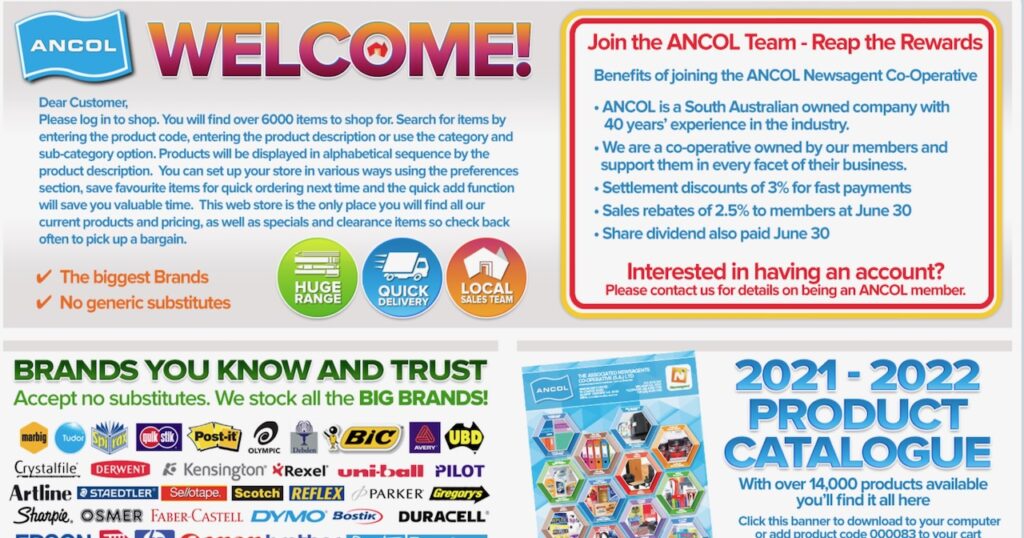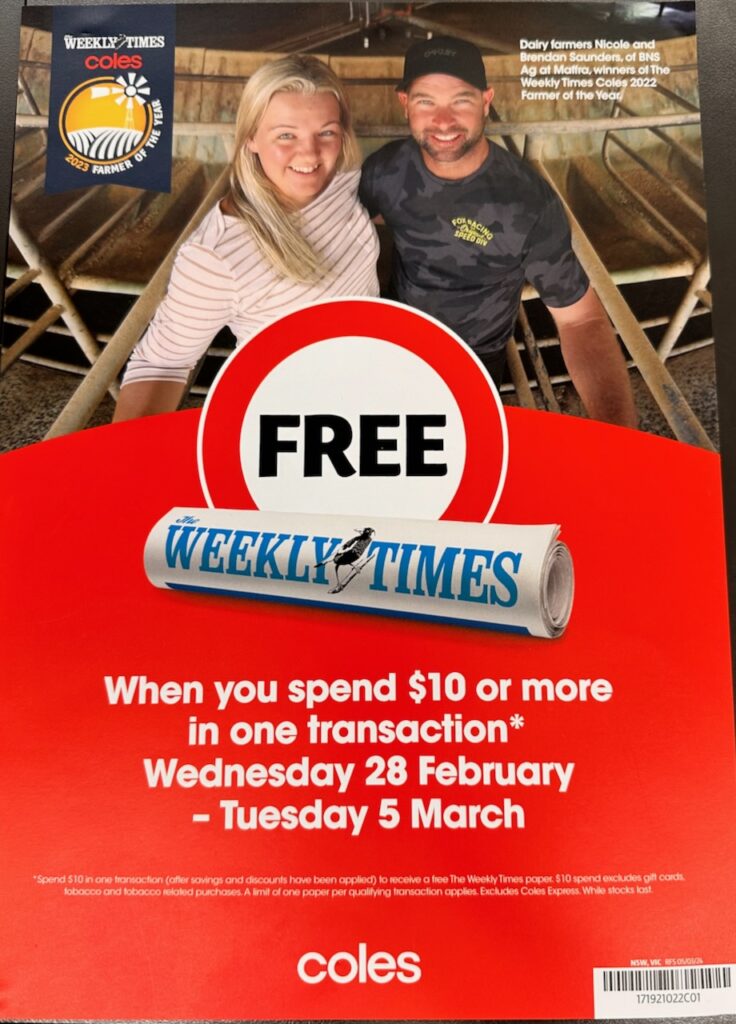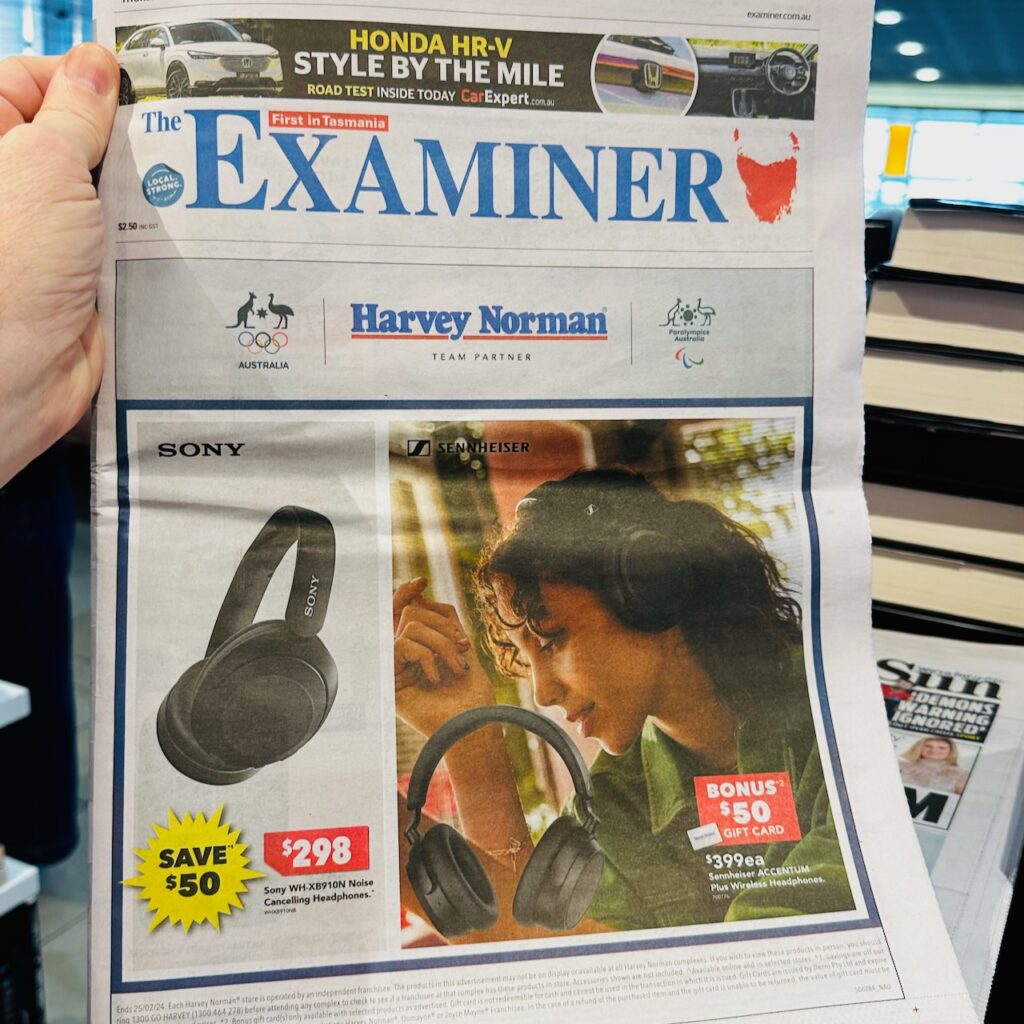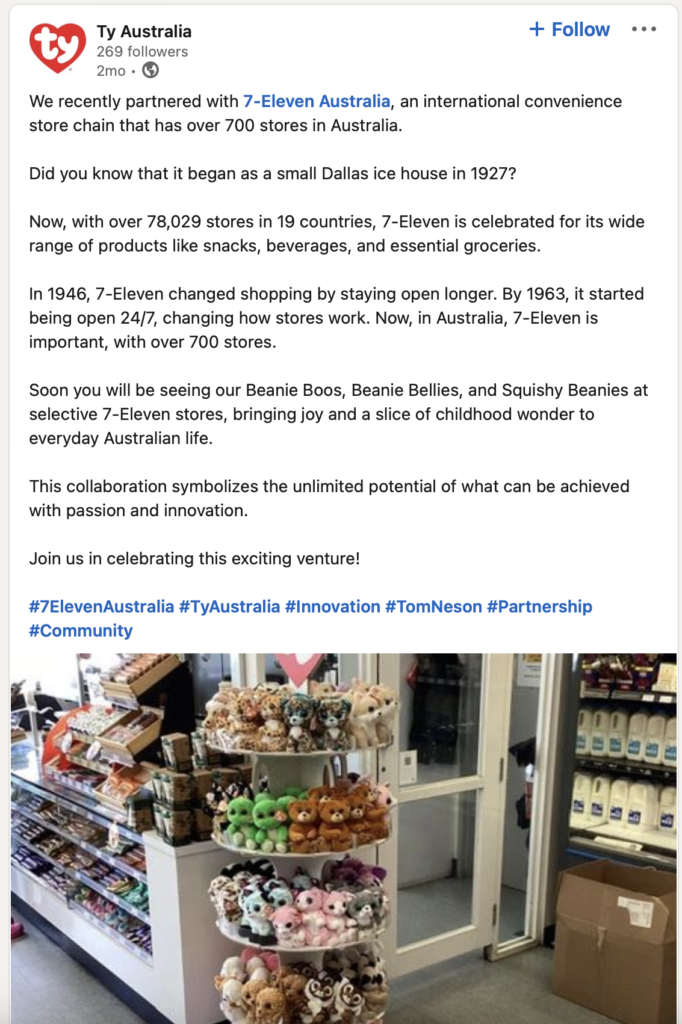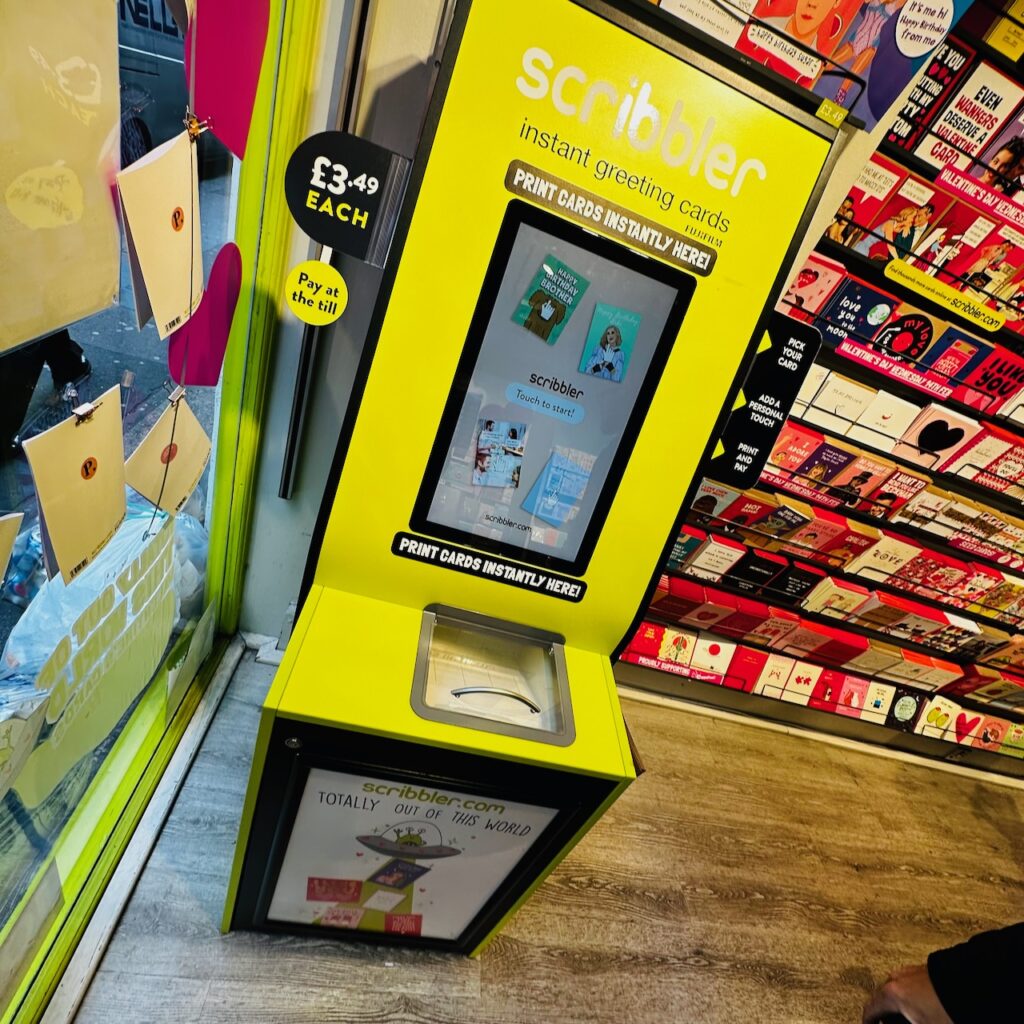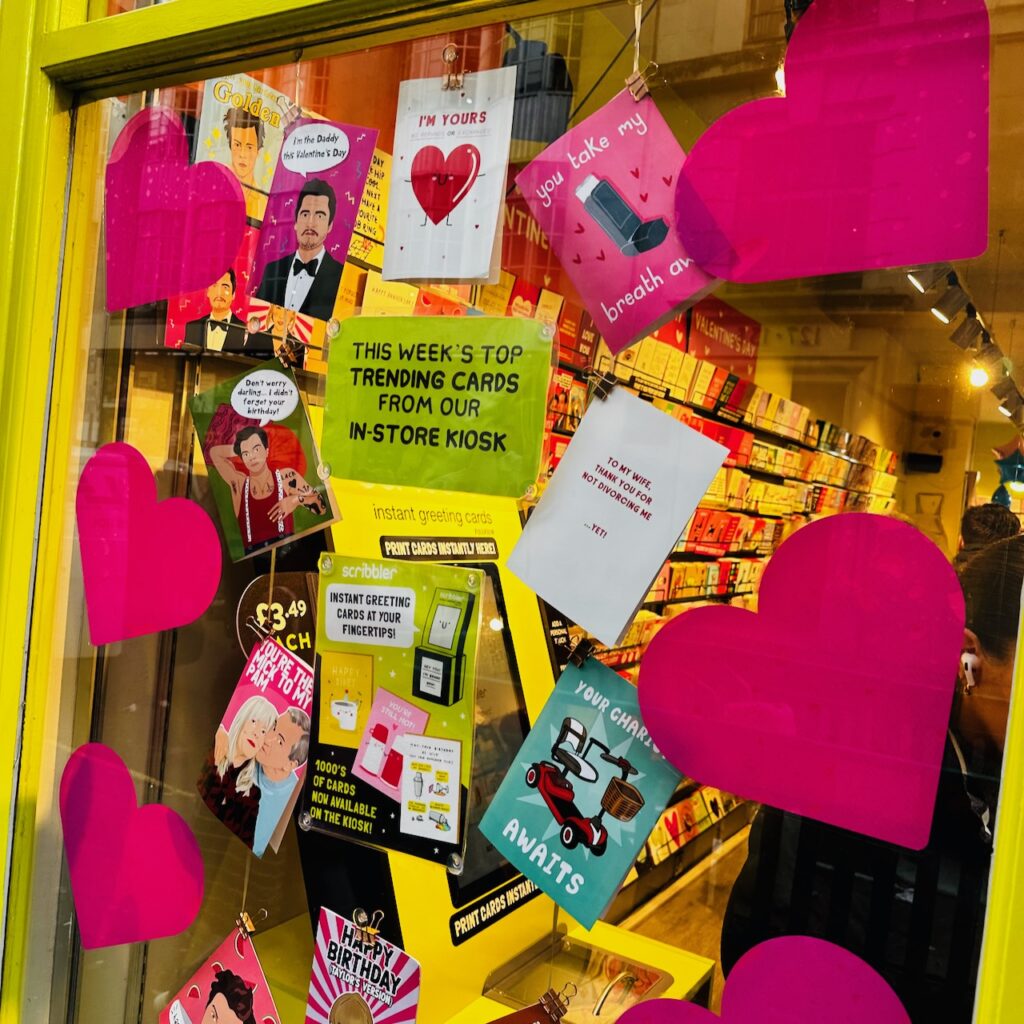Newsagents have the best Easter cards in Australia
If you are looking for an Easter card, your local newsagent is the best place to shop and there’s why:
Your local newsagency is likely to have the best range of cards available.
Range matters when buying an Easter card or any card because range gives you choice. Whether is a religious Easter card, a funny Easter card or a money wallet for Easter or an easter card sharing love, your local newsagency has Easter cards for many situations.
Plenty of people use Easter as an opportunity to send a hug to someone they care about. Cards in your local newsagency provide options for this.
A bonus is that many newsagents stock Easter cards that are made in Australia. If supporting Australian jobs and Australian businesses matters to you, buying your Easter cards in your local Aussie newsagency supports this.
Now, if you are wondering why should I send an Easter card this year, here are some reasons:
- For many, Easter is a time for joy, hope, and new beginnings. Sending a card is a way to share those feelings with others, even if you can’t celebrate together.
- Respecting the season. Easter is an important time on the religious calendar. A card and let a loved-one know you respect that.
- If you have friends or family some distance away, an Easter card is a thoughtful way to let someone know you’re thinking of them.
- It’s a tradition: Exchanging Easter cards has been a tradition for many years. It can be a nice way to connect with that.
- Easter cards aren’t just for religious folks. Many cards feature springtime imagery or secular greetings that anyone can appreciate.
- Make someone smile: A handwritten note or a funny Easter card is a guaranteed pick-me-up for many people.
Remember, the Easter card you send will hole a memory they are likely to cherish for many years to come. Write something memorable, so these memories of you live on years later when they open the old shoebox and find this year’s easter card.
Footnote: I have written this post for Google as people go there to ask where to buy Easter cards.
